| Your browser is not supported. | ||
|
Please browse our site using any of the following options:
| ||
Essential Gear Every Hiker Should Have in Their Survival Kit
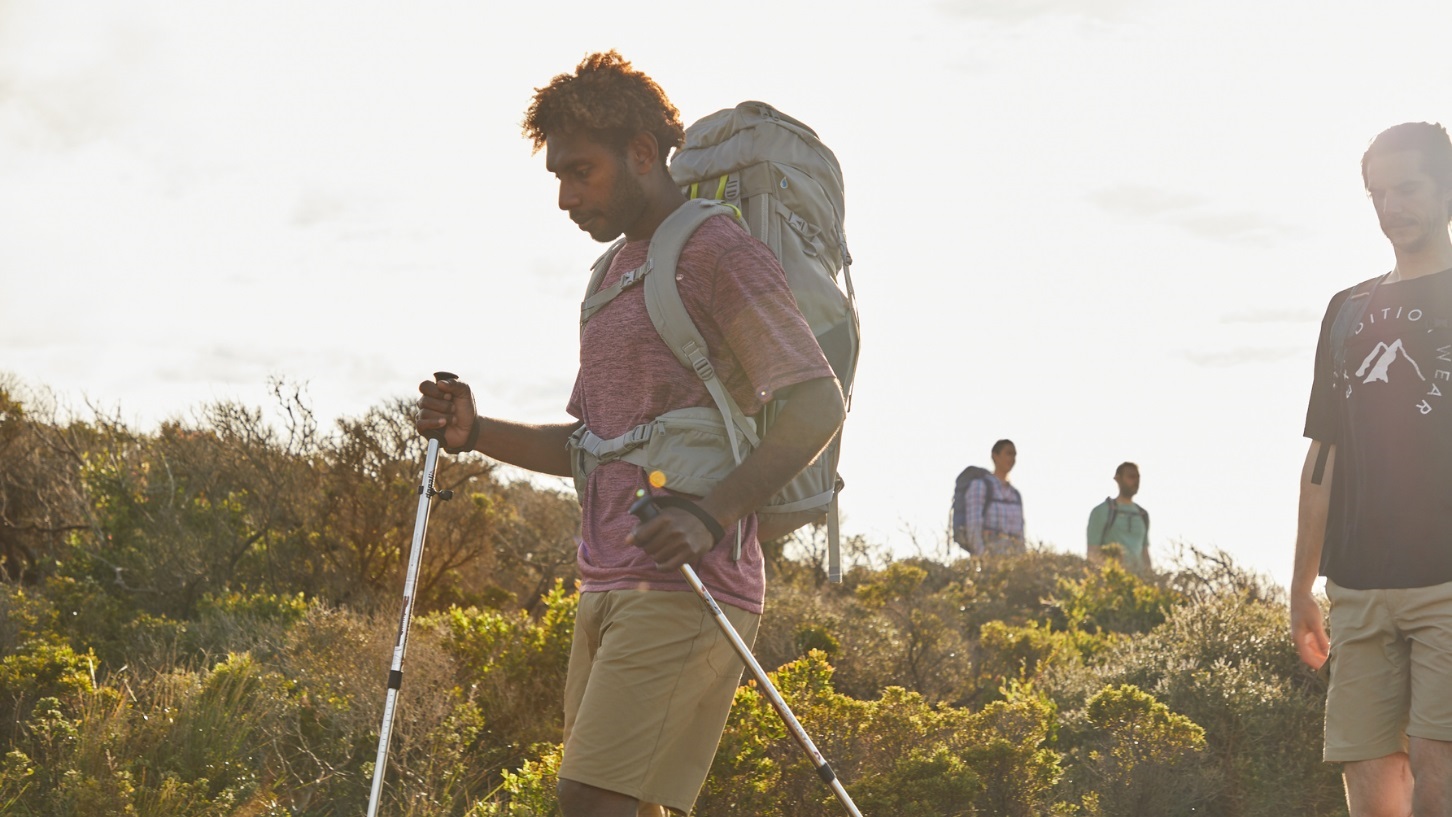
Like anything to do with outdoor adventuring, hiking can be a dangerous pursuit, although an enjoyable one, which makes the risk worth it. It just pays to be prepared. There are some important considerations you should take into account before you head off so your hiking gear keeps you both comfortable and safe for the duration of your hike. For example, when packing for hiking, it's necessary to balance out the weight of your pack with the space you have available. This is because space comes at a premium and you need to minimise the weight in your hiking pack (so you don't break your back!) and ensure the hiking equipment you carry is useful without compromising safety. So, here is the essential gear every hiker should have in their hiking survival kit.
Quick Links
- First Aid Kit
- Food
- Water
- Lighting
- Fire Starting Equipment
- Sun Protection
- Extra Clothing
- Navigation Equipment
- Maps & Compass
- Emergency Shelter
- Hiking Survival Tips
- Complete Hiking Survival Kit Checklist
First Aid Kit
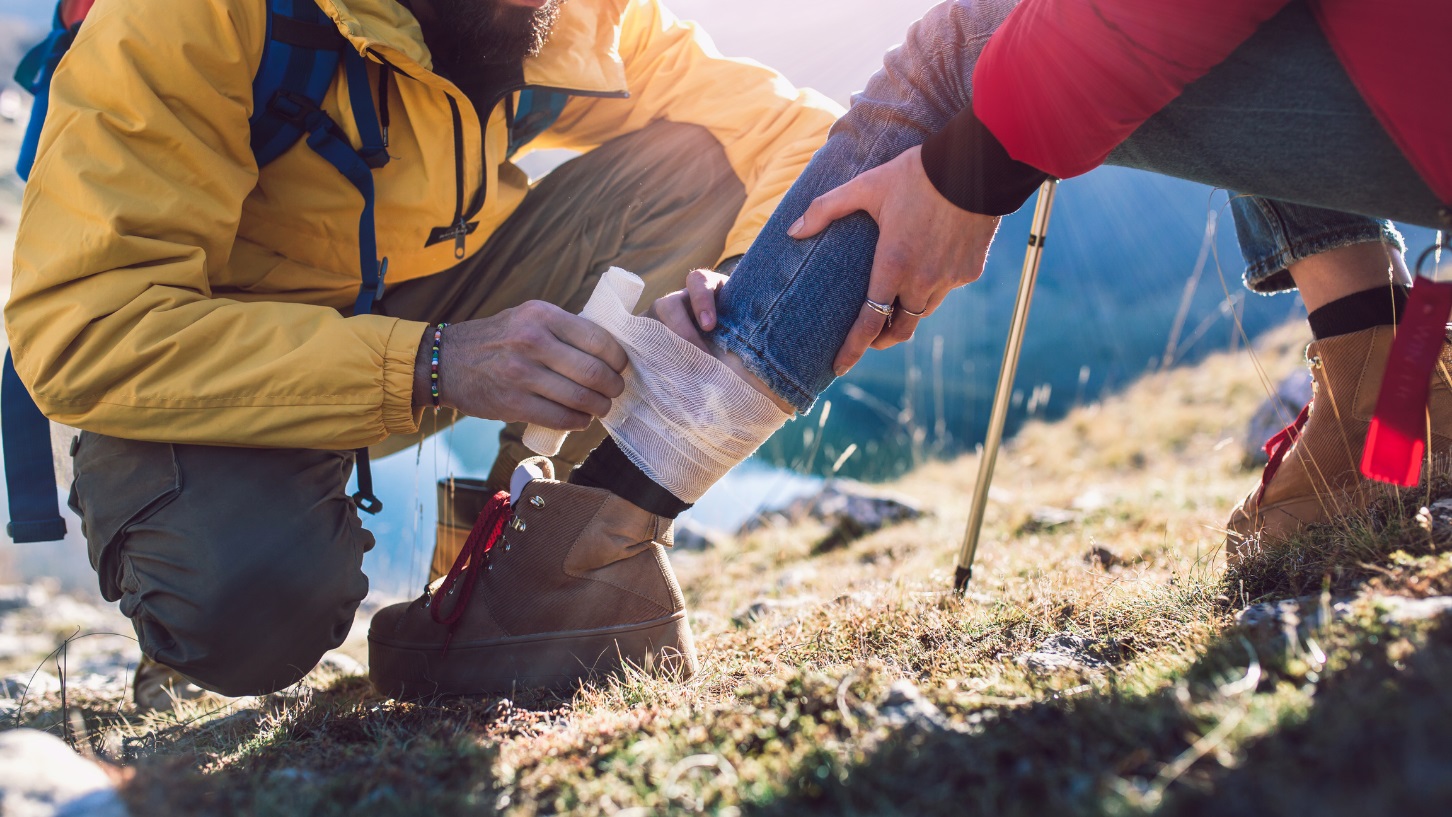
Never set out on a hike without a first aid kit. A hiking survival first aid kit needs to include items that can clean, sterilise and disinfect wounds. It should also include items that can cover, wrap and protect wounds from infection, over-the-counter medications and painkillers like aspirin, paracetamol and low-grade anti-inflammatories, and a range of accessories like tweezers, hand sanitiser or medical gloves, nail scissors and sticking tape. While this list might sound lengthy, there are first aid kits specifically designed for hikers, meaning they're lightweight and won't take up too much room in your hiking pack but still have everything you need for a typical hiking emergency. If you take prescription medication, like insulin or blood-pressure medication or antidepressants, make sure you pack 3 to 5 days' worth of meds for emergency situations, just in case.
Food
Having an emergency food stash in your hiking gear is essential but you'll want to steer clear of food that can spoil quickly or needs refrigerating. Dried and freeze-dried fruits, 'trail mix' nut packs and energy bars are an excellent source of nutritional energy with lengthy best-before dates, and they're lightweight in your backpack. There is also a huge range of dehydrated meals that you can take along with you that are not just nutritious but are also really delicious as well. They are easy to pack, lightweight to carry and can be prepared very quickly with minimal effort and camping equipment - an essential piece of any hiking survival gear.
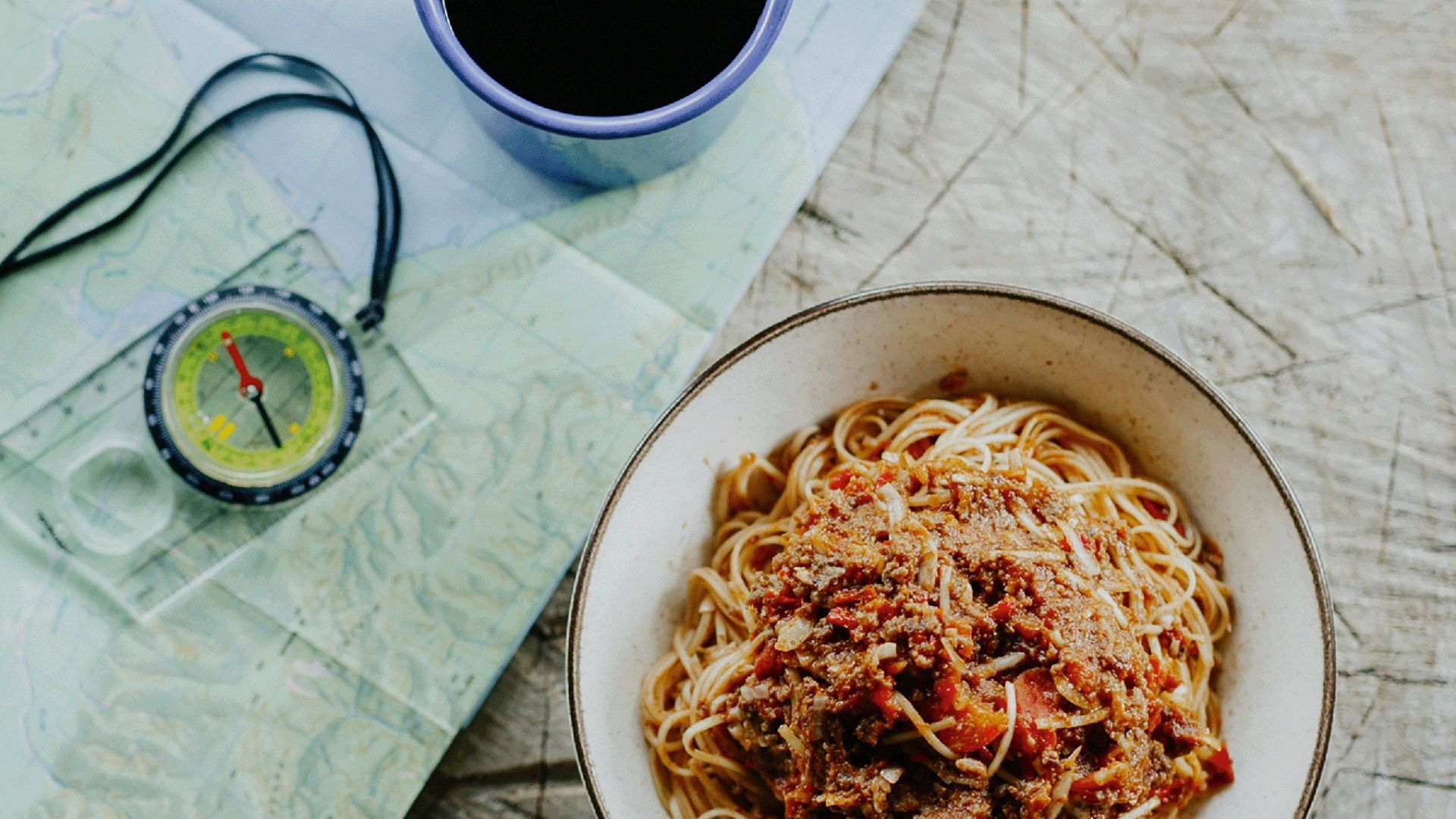
Water
Staying properly hydrated while hiking is non-negotiable, so always have an emergency water supply on hand in case something goes awry. A hydration pack can hold up to three litres of water, which, when rationed, should be enough until help arrives. To reduce the weight and maximise space in your pack, a self-filtering water bottle like a life straw is ideal, and packing a couple of water purifying tablets is a helpful way to turn other water sources into drinkable water, rather than lugging litres of water around with you. The amount of water a person should drink depends on various factors such as temperature, humidity, altitude and individual factors like age, weight and fitness level. As a general guideline, it's recommended to drink about 0.5 to 1 litre of water per hour during moderate physical activity. In hotter and more strenuous conditions, the requirement may increase significantly. In Australia, where temperatures can be high, especially in certain regions, it's crucial to stay well-hydrated to prevent dehydration.
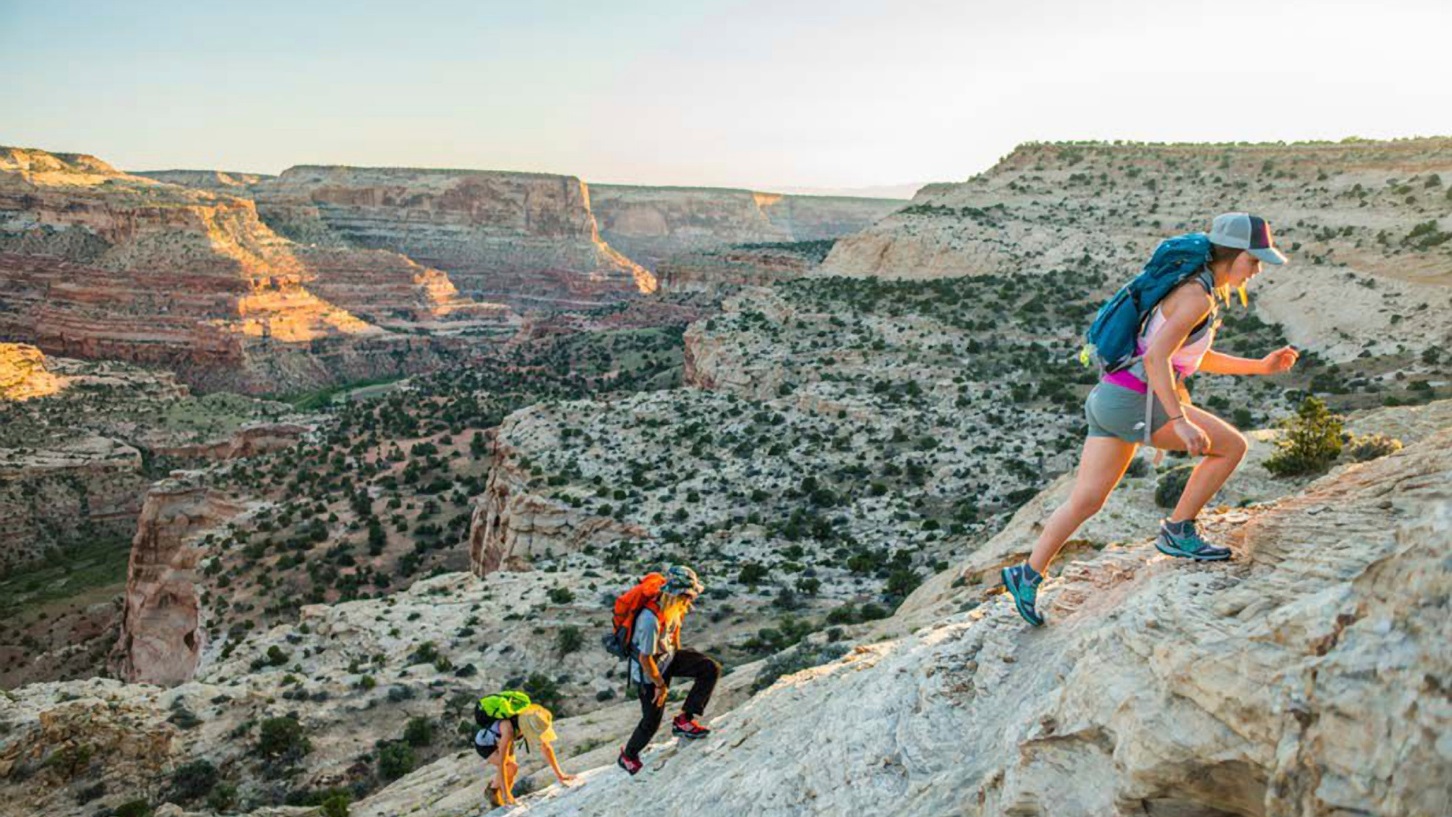
Lighting
Even when you're in familiar terrain, a lamp or some source of artificial light should be packed in your survival kit. As daylight fades, a reliable light source becomes essential for navigating trails safely. Headlamps are lightweight, easy to pack and can provide more than enough illumination to see you through to safety in a tricky situation. Nightfall can bring about a drop in temperature, and having a light source allows you to set up shelter, locate resources or attend to any injuries. Always make sure the batteries have enough charge before you set off on your hike and pack extra batteries just in case. Additionally, darkness can heighten anxiety and disorientation, making it crucial to maintain a clear view of your surroundings. Proper lighting enhances safety, enables efficient navigation and is a fundamental tool for overall well-being during hiking adventures, especially when confronted with low-light conditions.
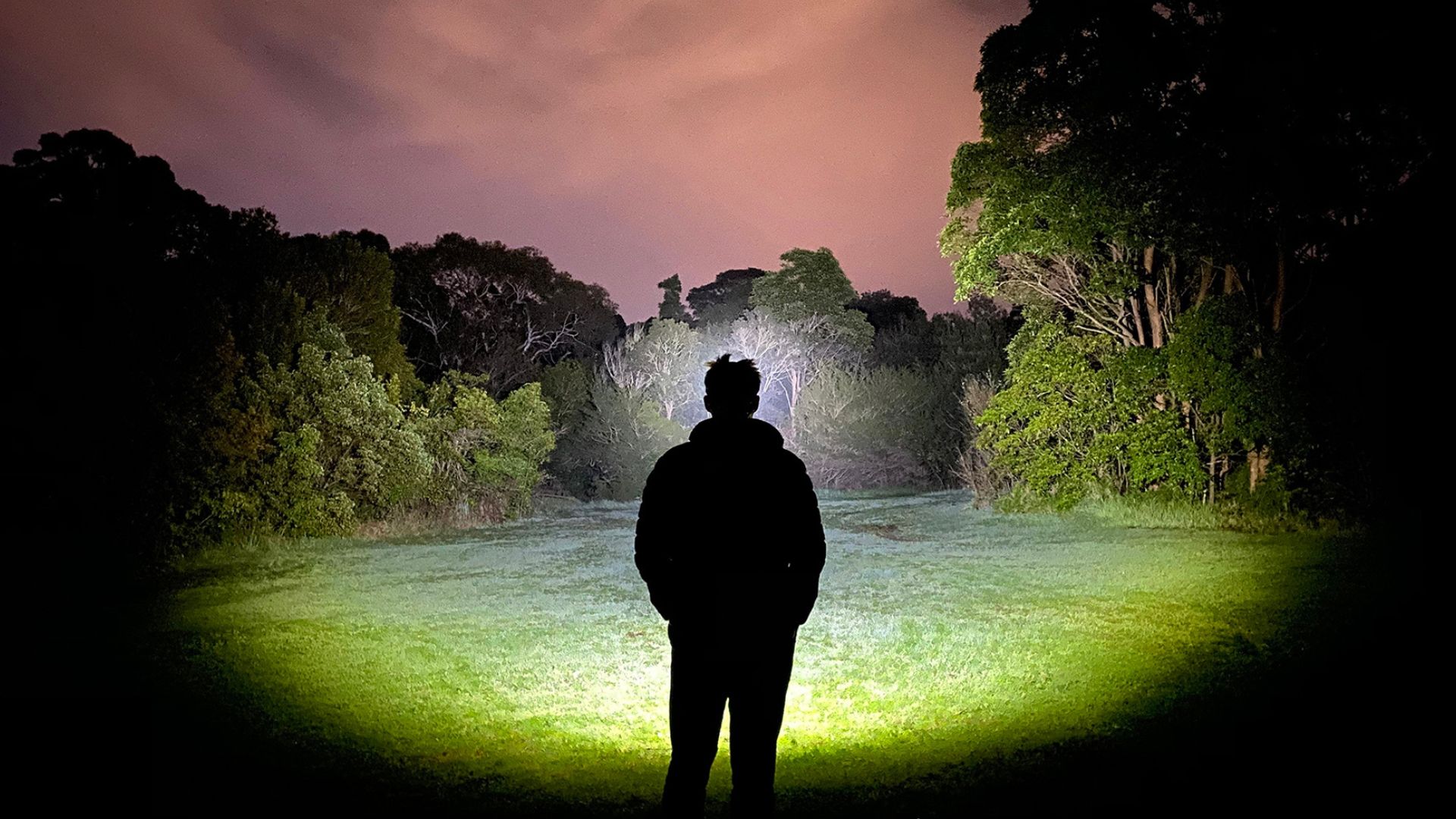
Fire Starting Equipment
When something goes wrong and you're going to be spending an unplanned night outdoors, you'll be thankful if you've packed waterproof matches or a fire starter, as well as fire-starting tools like a multi-tool. Don't put all your eggs in one basket, though - take two different fire-starting sources in case you lose one somewhere along your trail or your matches get wet. And only light a fire where it is safe to do so and where open fires are permitted. Fire also serves as a signalling device, making it easier for rescuers to locate you, especially in remote areas. Fire is a valuable tool for cooking food, purifying water and fending off wildlife. It can boost morale and provide a sense of security in the wilderness. In emergency situations, a well-managed fire can serve as a source of light, helping you navigate and perform tasks after dark. Starting a fire can also act as a psychological boost, providing comfort and a focal point during stressful situations.
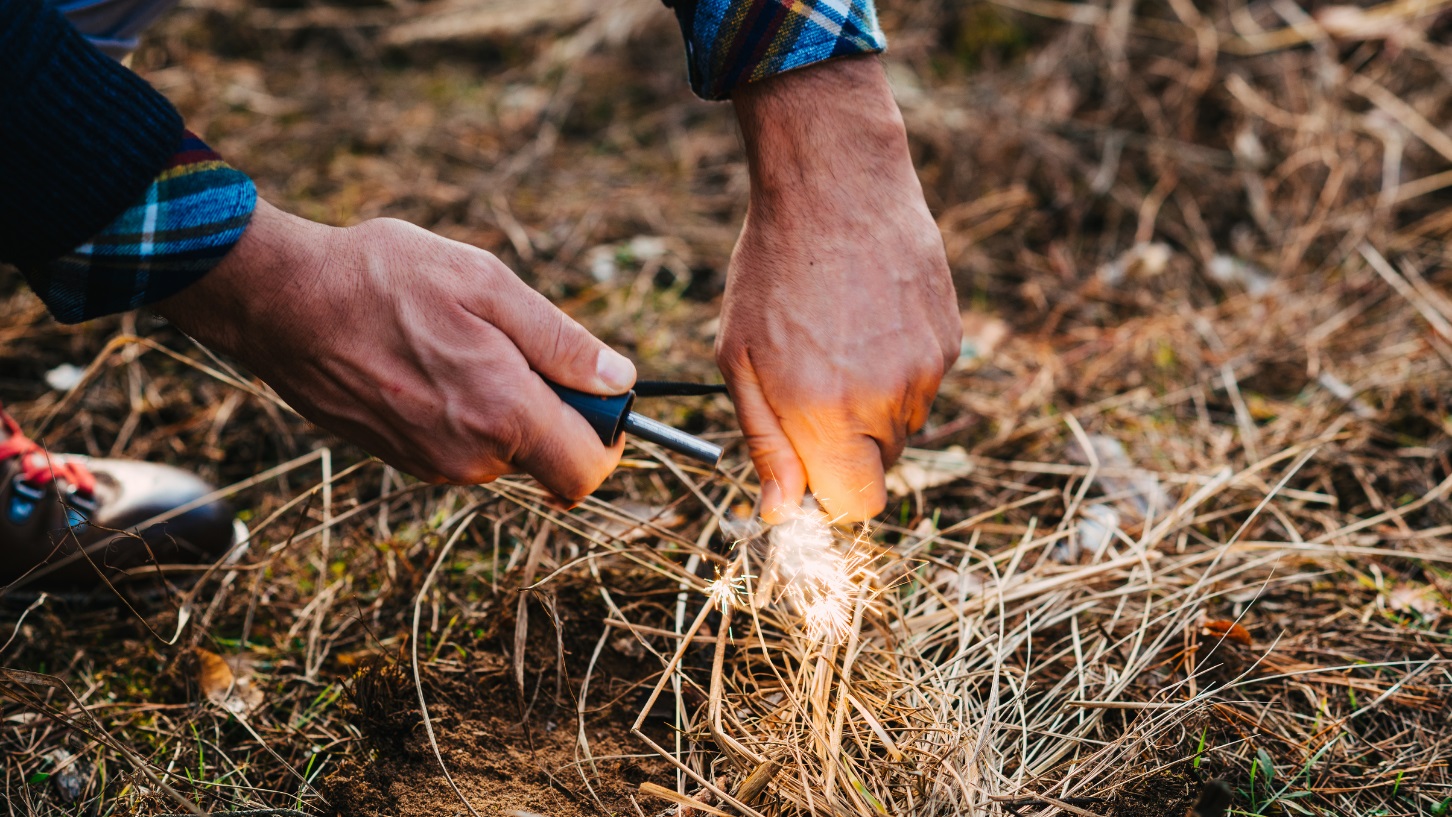
Sun Protection
Protection against the sun is a crucial element, especially in Australia where the sun is strong and unforgiving. Make sure you have sunglasses to protect your eyes from extended exposure to harsh sunlight, 50+ sunscreen, breathable UPF-rated clothing and a hat that is suitable for the weather conditions - beanies in winter and broad-brimmed and breathable hats for summer. Also wear appropriate clothing, including long sleeves, with UV protection to shield your skin from harmful UV rays. Reapply sunscreen every two hours or more frequently if sweating heavily, and be mindful of reflective surfaces which can intensify sun exposure. Seek shade during breaks and stay well-hydrated to prevent heat-related issues. Regularly check for signs of sunburn, heat exhaustion or dehydration among yourself and fellow hikers, and take appropriate measures promptly.
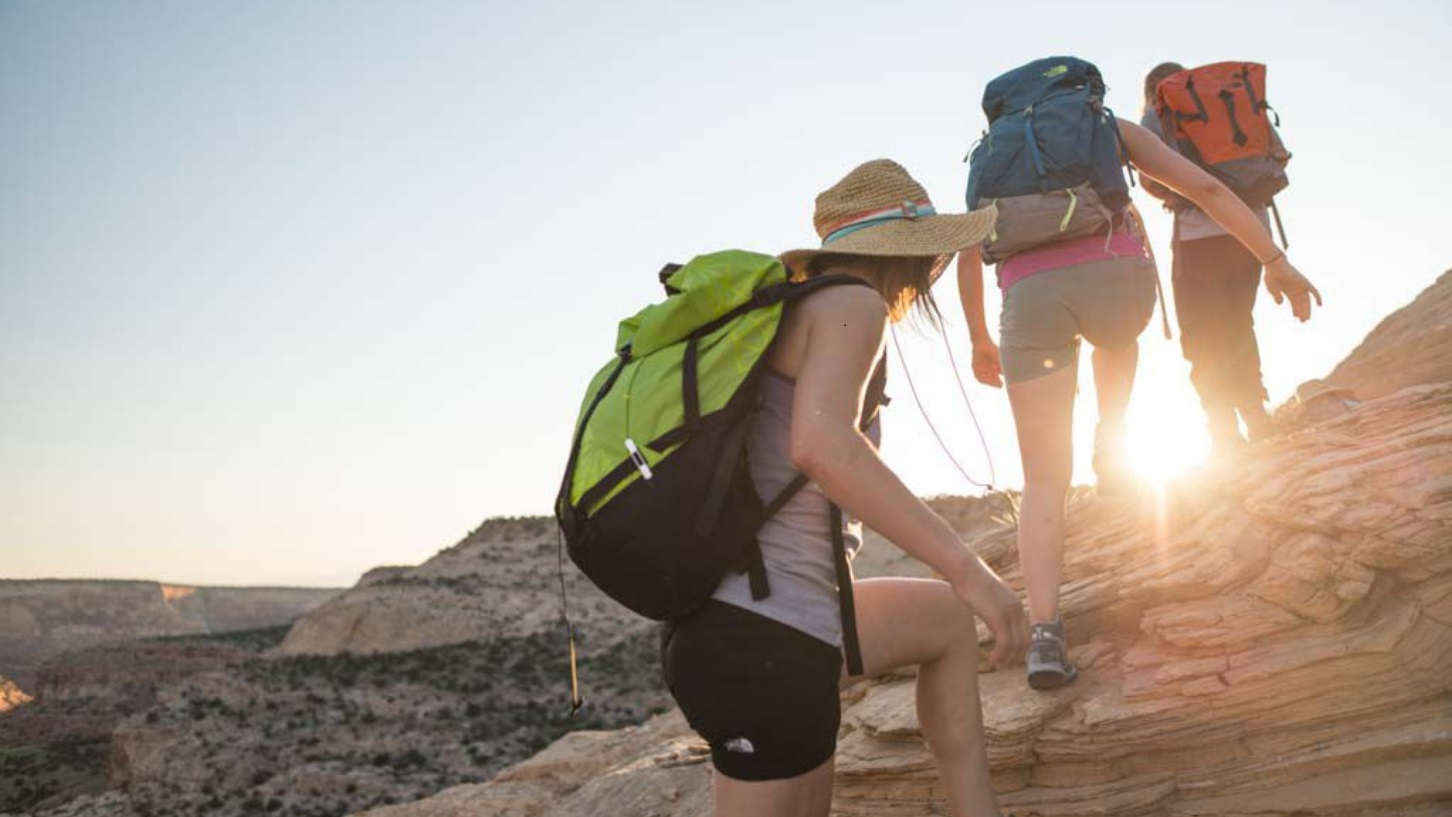
Extra Clothing
The weather is an important variable to take into consideration when hiking. If things turn for the worst - or you or someone in your hiking party has an accident - it could mean an unplanned overnight stay in the outdoors. Your winter hiking survival pack should include a lightweight wind and waterproof jacket, a change of thermals, a synthetic jacket or vest, gloves, beanies or other insulating headwear and a change of underwear. In the warmer months and climates, a change of underwear, spare socks and a vest or synthetic jacket might be all you need but take note of the weather forecast before you set out and make sure your clothing accommodates any overnight conditions.
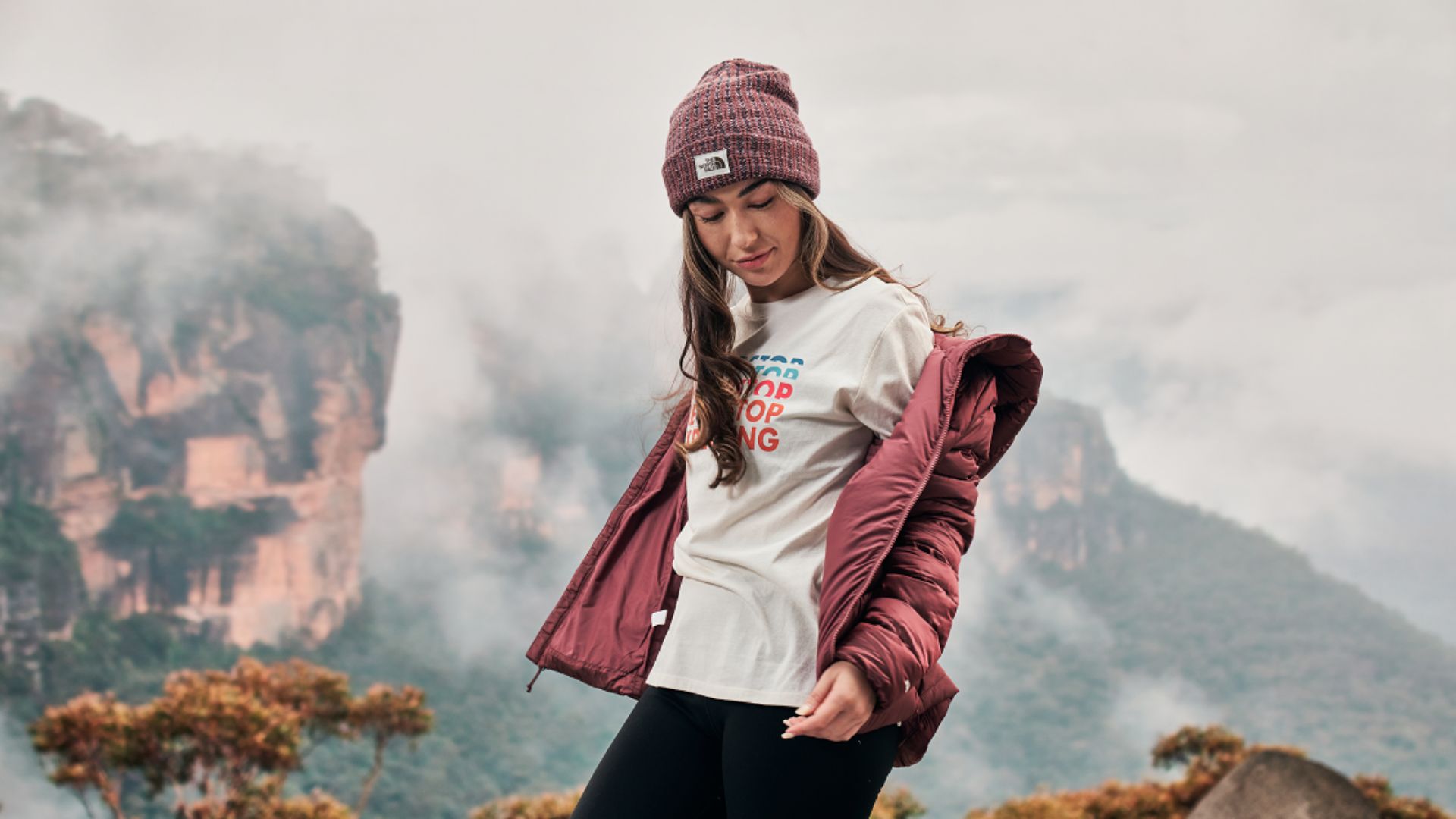
Navigation Equipment
Every hiker's survival kit needs some form of digital navigation tool like a Global Positioning System (GPS), a mobile and/or satellite phone, and a Personal Locator Beacon (PLB, also known as an emergency position indicator response beacon or EPIRB). No matter what your budget may be, look for a GPS that is waterproof and built to cope with rugged conditions. While most mobile phones these days have a range of navigation apps, GPS units give you access to more detailed info, such as topography, and allow you to plan your hiking route before you set out. They also generally have a longer battery life than your garden-variety mobile phone. GPS watches are great value for money but, similar to a mobile phone, the battery-life won't match a dedicated GPS unit. A PLB or EPIRB satellite messenger establishes your position using GPS and then sends an alert using government and commercial satellites. A locator beacon is an excellent backup because it will work in remote locations where mobile phones can't get quality reception.
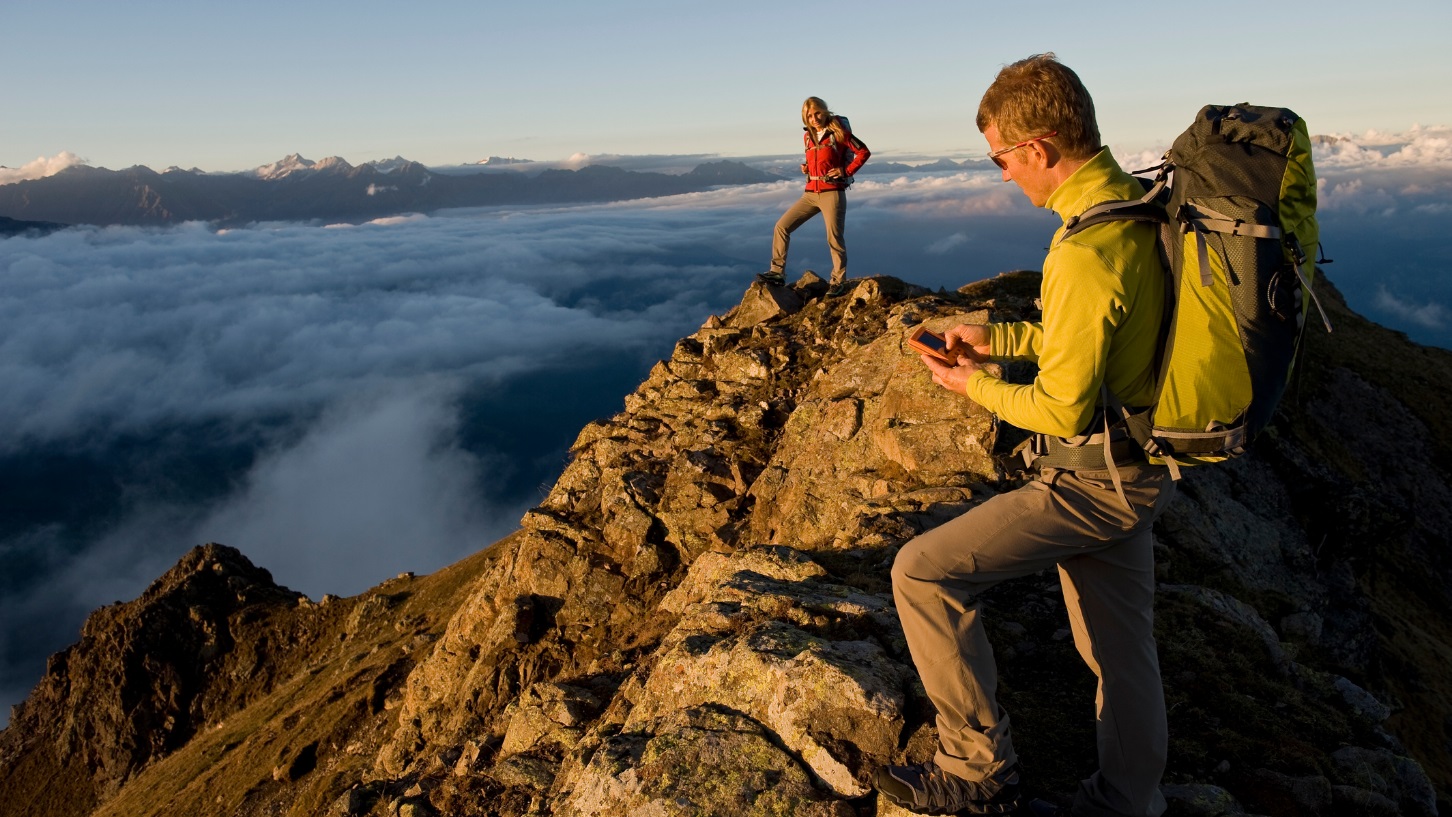
Maps & Compass
In situations where digital reception is poor or the power source to your GPS and locator beacon runs flat, nothing will be as useful to you as an old-school topographical map and compass. Ensure the map you buy is waterproof or that you pack it in a waterproof document protector. When buying a compass, choosing one that is equipped with a sighting mirror doubles as a flash of sunlight to signal your presence to a helicopter or rescue service during an emergency. And, if you don't know how take some time to familiarise yourself with using a map and compass before your trip. It's easier than you might think.
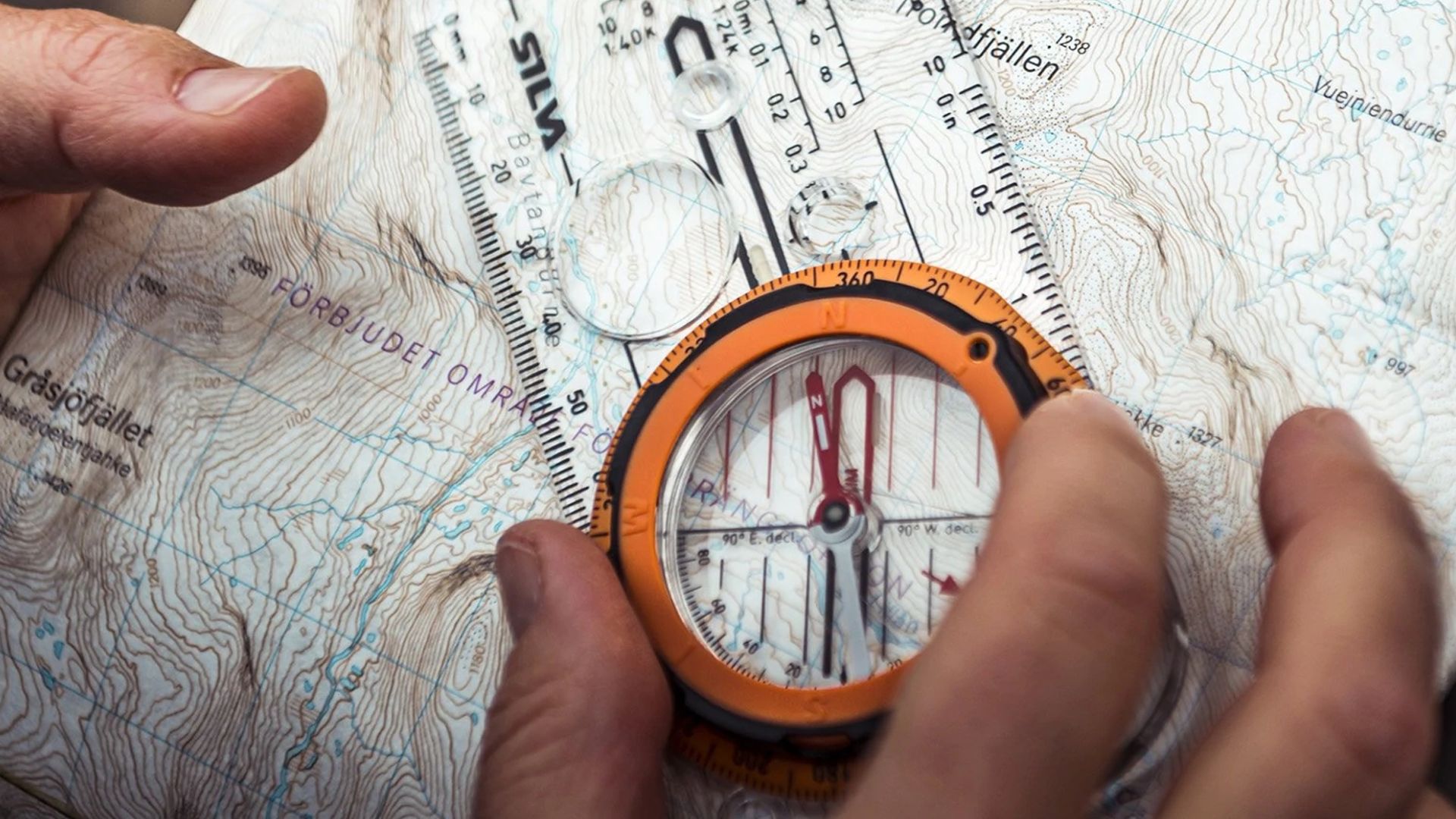
Emergency Shelter
Hikers should always carry some type of emergency shelter for protection from the elements if stranded or if someone in your hiking group is injured and can't be safely moved. If an unscheduled night under the stars is on the cards, make the call while there's still enough light, so you can find the best spot to shelter. And always remember that your emergency shelter is designed to be temporary, not for leisure camping. Examples of temporary shelters include an ultralight tarp, a bivvy sack or an emergency space blanket. These weigh next to nothing and take up minimal space in your pack. Many emergency shelters and bivvys come in small stuff sacks and have sealed seam edges to protect you from rain, wind and cold temperatures. Bivvys come in high-visibility external colours that can help emergency personnel or search teams to locate you.
Hiking Survival Tips
When embarking on a hiking adventure, prioritise safety with these essential hiking survival tips. First, always remember to inform someone about your plans and expected return time. Familiarise yourself with the hiking trail and area, always carry a detailed map and equip yourself with a reliable compass. Dress in layers to accommodate changing weather conditions and wear sturdy, comfortable footwear. Bring ample water, high-energy snacks and a compact first aid kit. Stay fuelled and hydrated throughout your hiking journey. In case of emergencies, carry a whistle and a signalling device such as a pocket mirror. Know basic first aid skills and be prepared to handle minor injuries. As darkness falls, pack a headlamp or flashlight and extra batteries. Monitor your body and adjust your water intake accordingly, recognising signs of dehydration like dark urine or dizziness. Lastly, trust your instincts and turn back if conditions become unsafe. Vigilance and preparation are key to a rewarding and secure hiking experience.
Complete Hiking Survival Kit Checklist
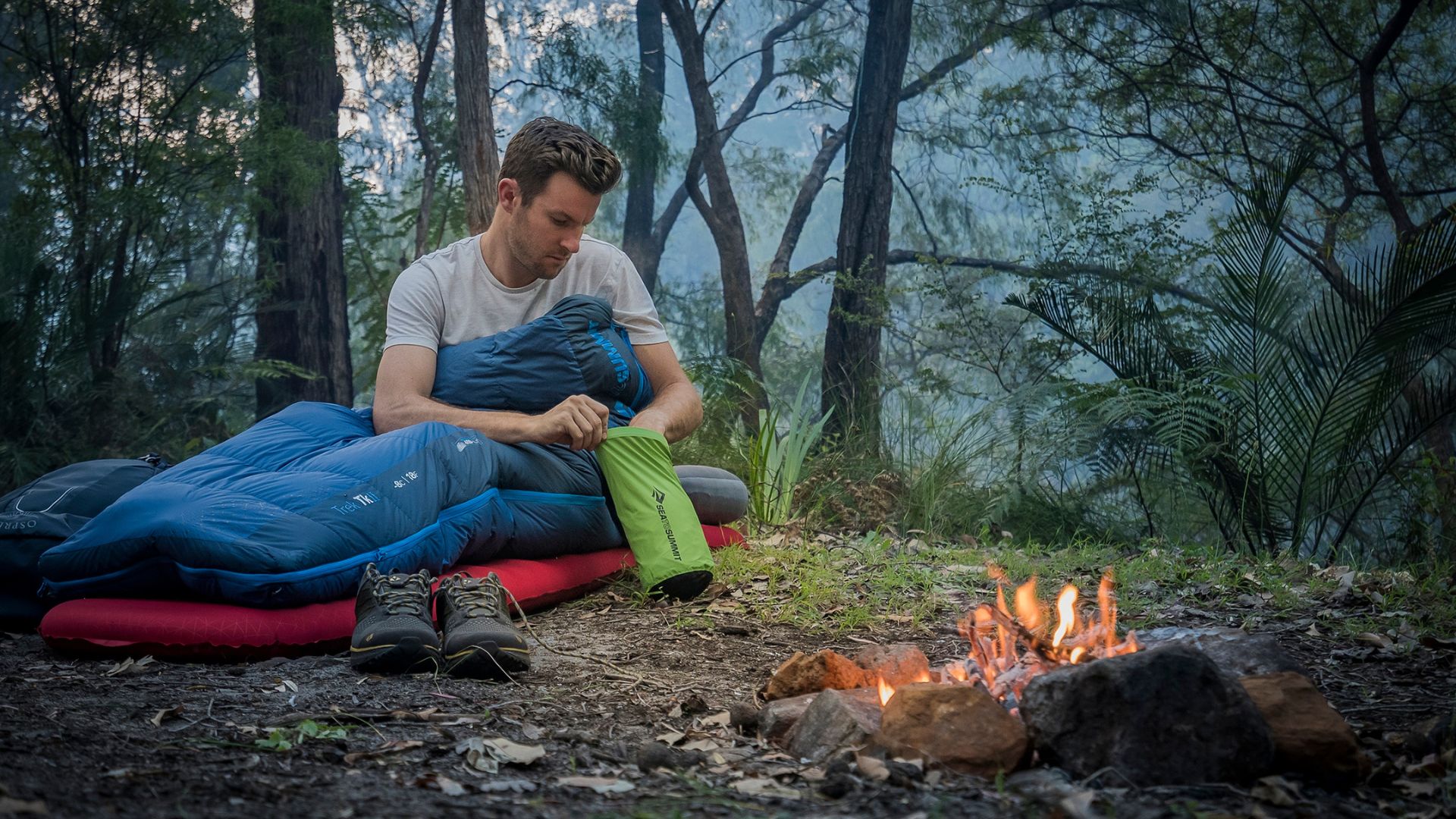
As well as the hiking equipment essentials already mentioned, we've provided a complete hiking survival kit checklist with everything you should consider having just in case. Keep in mind that your hiking survival kit should weigh around 500 grams and ideally fit inside of a large pocket:
- A whistle
- Backup mobile phone battery or solar-powered battery charger
- Baby wipes or moist towelettes
- Essential information for emergency and medical responders:
- Your name (in case ID like a driver's licence is lost)
- Emergency/next of kin contact details
- Allergy information
- Blood type
- Prescription medications that you take
- Medical conditions that you suffer from
- Duct tape
- Safety pins
- A knife (or something sharp that you can cut with)
- Compass
- Signal mirror
- Firestarter (or flint)
- Multi-tool
- Tinder
- Pencil
- Emergency blanket (or bivvy)
- Water procurement bags
- Heavy-duty nylon thread
- A fish hook with fishing line, sinker and a swivel
- First aid kit
Find All Your Hiking Needs At Anaconda Today
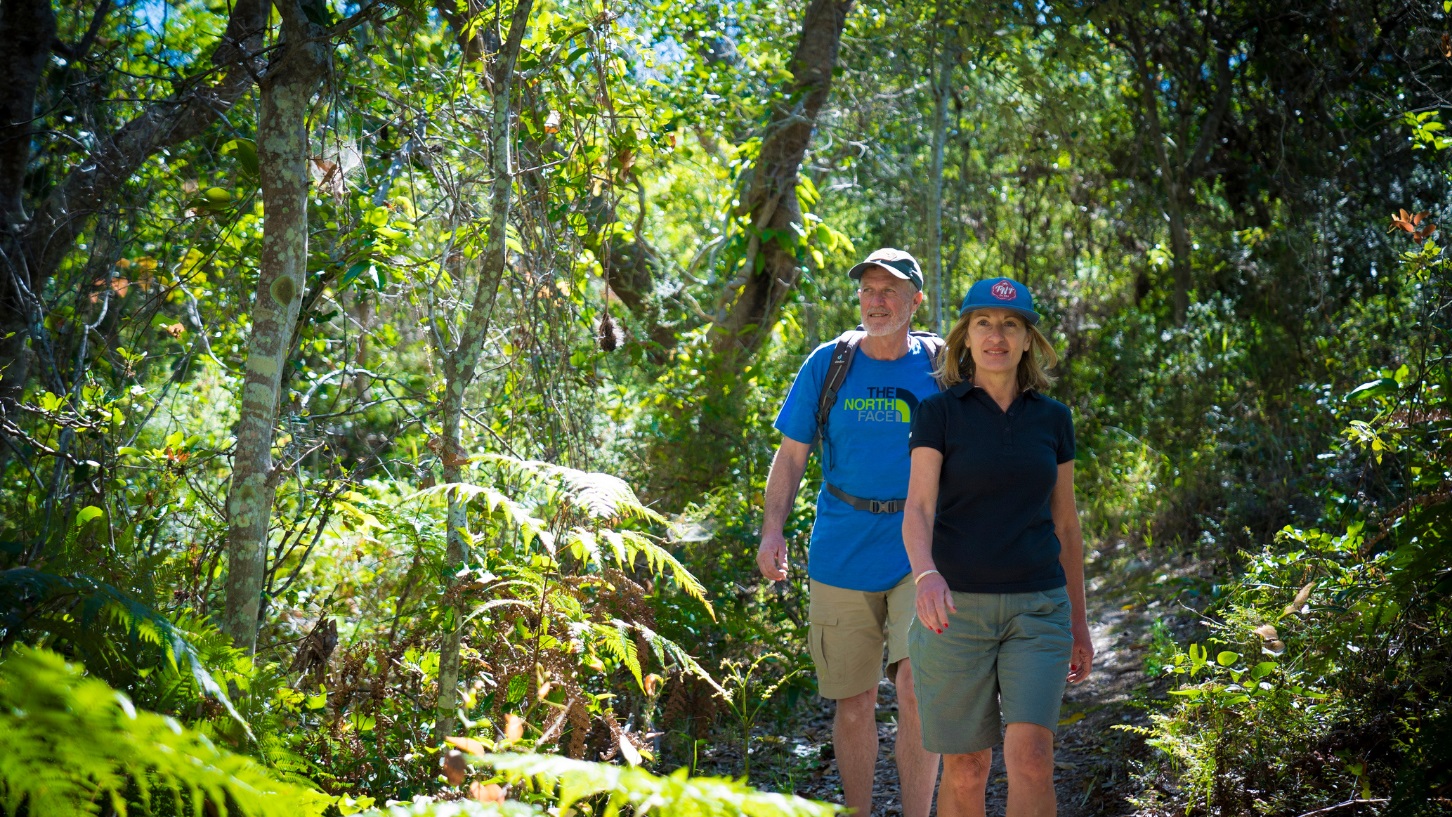
Hiking is fun - there's no doubt about it. It is also healthy to get you and the family off the couch and explore the great outdoors. However, the reality is that things can go wrong, so having the right hiking gear can be the difference between a minor situation escalating into a full-blown emergency. Always take your time when packing for hiking and make sure you always have a hiking survival kit for long hikes. Make sure you check out our Adventure Centre for more helpful tips and exciting destinations that you can visit with your friends, loved ones and family. If you liked our Essential Gear Every Hiker Should Have In Their Survival Kit, then you might also like some of our other articles for awesome destinations and tips such as:
- Essential Camping Gear For The Solo Adventurer
- 10 Reasons To Invest In Quality Hikers
- How To Wash A Backpack Or Hiking Pack
- The Ultimate Checklist For Hiking Essentials
Find your local Anaconda store and check out our extensive hiking range for your next outdoor adventure